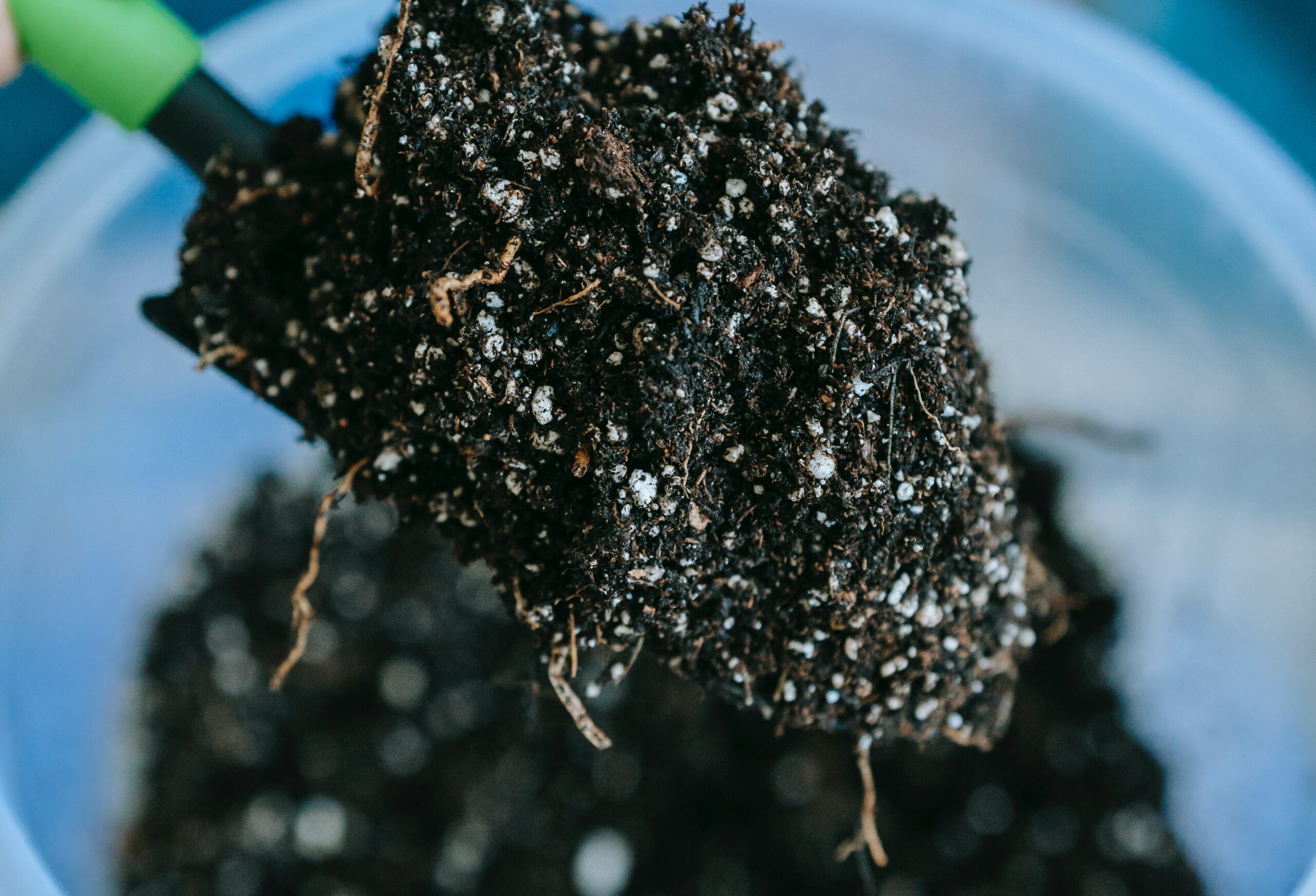Managing potassium and phosphorus when prices are high

COLUMBIA, Mo. – Farmers understand fertilizer prices fluctuate with time.
“We are living through a substantial shift in potassium and phosphorus prices, from low prices in the 2020 growing season to the highest prices in the past decade for fertilizer purchased now for the 2022 growing season,” says John Lory, University of Missouri Extension nutrient management specialist.
A frequent question when high fertilizer prices shock the system is whether phosphorus and potassium applications can be delayed until next year when prices may be lower. The quick answer is yes — if your soil test levels are near recommended levels, says Lory.
“Soil test P (phosphorus) and K (potassium) levels act somewhat like a gas gauge on a car,” he says. “If your gas tank is full, you know you can travel 500 miles before the tank runs dry. If you are making a trip that is 200 miles, you can, with confidence, make that trip once without refilling your tank. The second trip is also likely fine. But you know you will need to refuel before completing the third trip.”
A soil test result at or above recommended levels is much like a gas gauge reading full. On most Missouri fields, an optimum soil test level indicates you should be able to plant multiple years of crops without refilling the tank. You should be fine skipping one year. Many farmers already apply P and K alternate years. But if you did not apply last year, can you take another year off? The way MU Extension’s recommendation system is designed, one more year should not be a problem, says Lory.
What are options for managing high fertilizer prices?
Lory outlines options for reducing fertilizer costs this year:
• Do not apply fertilizer to fields that are at or above optimum soil test levels. Extensive research shows that soils at optimum soil test levels do not see increases in yield from the fertilizer applied that year. A benefit of following soil tests is the flexibility to skip a year of application. Why not take advantage of this benefit in a year when the price is high?
• Not comfortable with going to zero? A second option is to cut fertilizer rate by 50% or less of removal rate. Most yield response to fertilizer is driven by the first 30% to 50% of the fertilizer applied. If you are nervous about going to zero, going halfway will likely provide 100% of the yield benefit this year, even on soils that tested low.
• The most conservative option is to limit fertilizer rate to removal rate. In a high fertilizer price year there is no reason to apply more than the crop removal rate. “If your field happens to be responsive to added P and K this year—a big if!—crop removal rate is guaranteed to maximize yield,” says Lory.
There is another option to reduce your fertilizer bill and learn about fertilizer response on your fields, says Lory. Work with the “MU Certified” Strip Trial Program and put strips with and without either P or K.
If you use this strategy on the whole field, the amount applied will drop by 50%. Strip trial program participants will work with Lory and his team to document if fertilized strips have higher yield than the unfertilized strips.
“Our expectation is a field with optimum soil test will have no increase in yield on the fertilized strips,” says Lory. “This test confirms MU Extension recommendations are working as expected on your field and contributes to a statewide effort to document fertilizer responses on Missouri farms.”
If you are interested in strip trials, contact your local MU Extension agronomist or agricultural engineer, or visit striptrial.missouri.edu.
There are situations where soil test recommendations may not fully identify fertilizer need. Lory has seen potassium deficiency symptoms in highly compacted areas of the field because restricted root growth prevents the plant from getting to the potassium in the soil. Cool soils also can temporarily limit the availability of phosphorus.
“Often these conditions lead to transient deficiency symptoms that the plant grows out of as soils warm and become less saturated,” says Lory.
Finally, sandy soils and soils with low organic matter may not have the same capacity to withstand multiple years with no fertilizer application; they have a smaller gas tank, he says.
Fertilizers help sustain crop production. Soil testing helps farmers understand the nutrient status of soils. “When fertilizer prices are high, we can also use soil testing to understand the risks of not applying fertilizer,” Lory says.
Miss Clipping Out Stories to Save for Later?
Click the Purchase Story button below to order a print of this story. We will print it for you on matte photo paper to keep forever.

